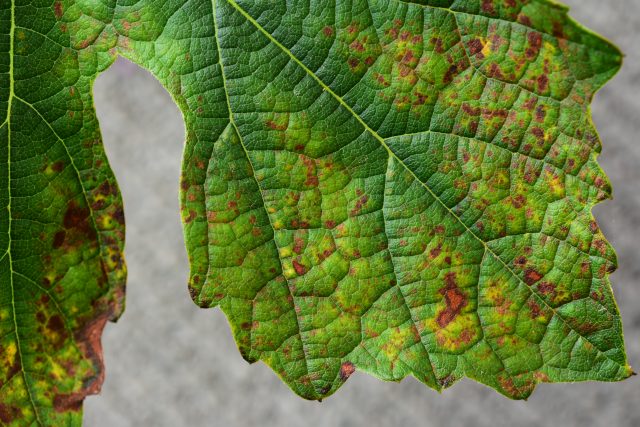NASA technology can identify grape disease from the sky
NASA has used aerial imaging to help identify wine grape disease, paving the way for rapid response by producers before it is too late.

According to the LA Times, the technology can detect “early signs” of plant virus grapevine leafroll virus, which is spread by the mealybug.
Traditionally, due to the nature of the disease, it could previously only be identified by vine-by-vine analysis on the ground – followed by testing – which would then provide results too late to prevent its onset.
Figures have suggested that as much as $3 billion in damage and losses annually occur in the US due to the virus, with the only treatment once it has taken hold to remove the vines.
But the new NASA technology used infra-red images from an airplane to see which vines were showing symptoms, enabling growers to react before it was too late. As the virus has a latent period in which the vines are infected but do not display visible symptoms, it makes it an ideal model to evaluate the scalability of imaging spectroscopy-based disease detection, scientists said. The technology could be used in the future for other agriculture as well.
Partner Content
Findings were presented in the journal Phytopathology, titled Scalable early detection of grapevine virus infection with airborne imaging spectroscopy.
Research between September of both 2020 and 2021, saw industry collaborators scouting 317 hectares on a vine-by-vine basis for visible viral symptoms, and collected a subset for molecular confirmation testing. Symptomatic grapevines identified in 2021 were assumed to have been latently infected at the time of imaging with random forest models “trained on a spectroscopic signal of non-infected and leafroll disease infected grapevines”. The models were able to differentiate between non-infected and infected vines at 1 to 5 metre resolution, it concluded.
It also showed that the best-performing models had 87% accuracy distinguishing between non-infected and asymptomatic vines, and 85% accuracy distinguishing between non-infected and asymptomatic + symptomatic vines.
Concluding, it said: “We find that airborne imaging spectroscopy and machine learning can be used to develop models that effectively identify the spectroscopic signal of GLRaV-3 (leafroll) infection in grapevines across various spatial resolutions regardless of visible symptom manifestation.
“The goal of our work is not to replace existing field scouting strategies or molecular testing, but instead to more strategically deploy these resources.”
Related news
Readying Robert Mondavi Winery for a new generation




